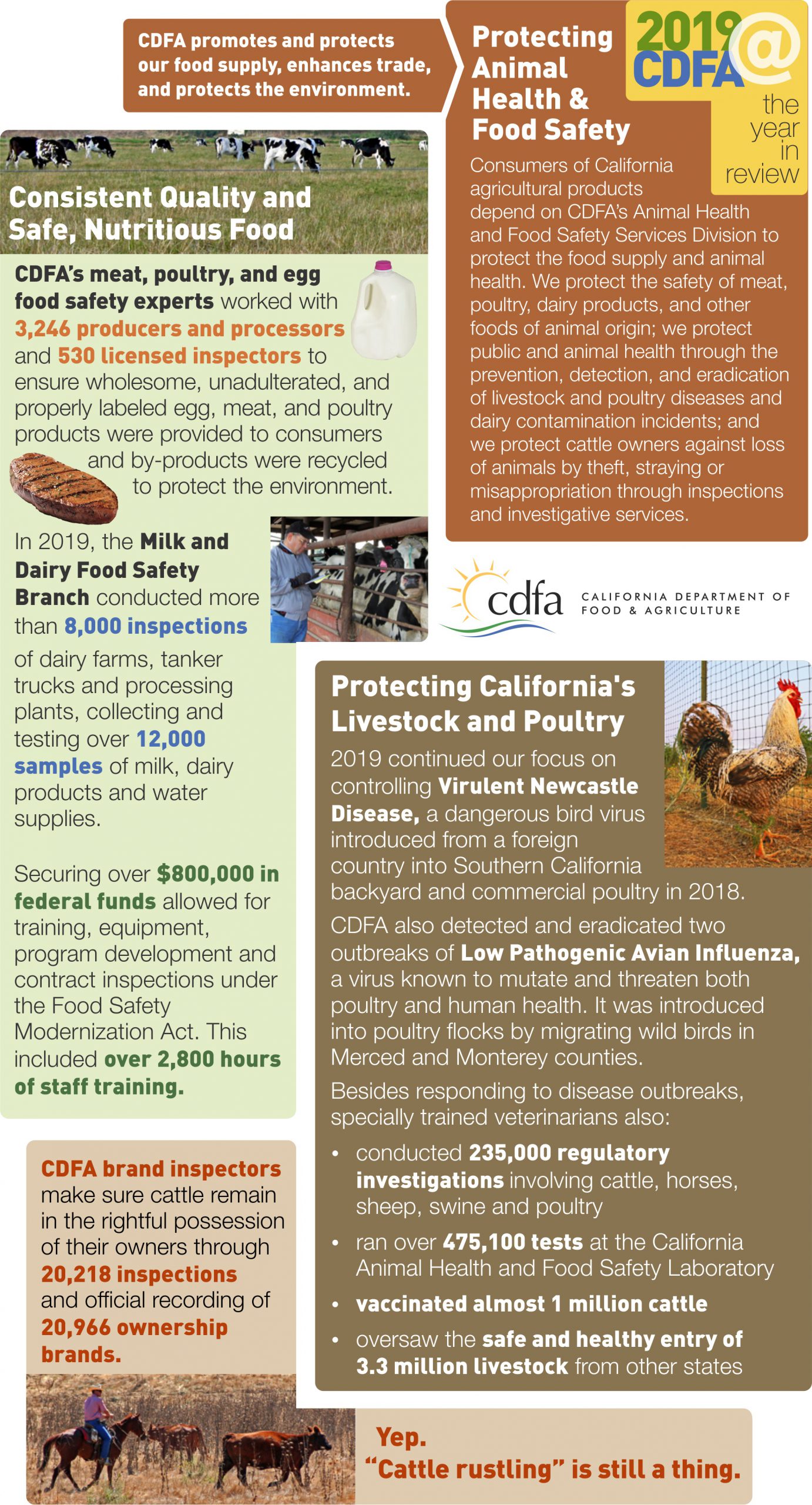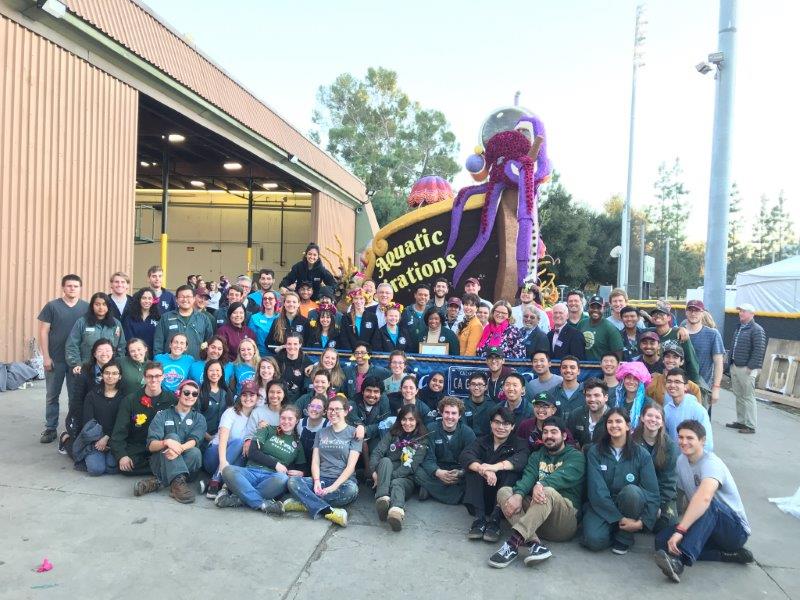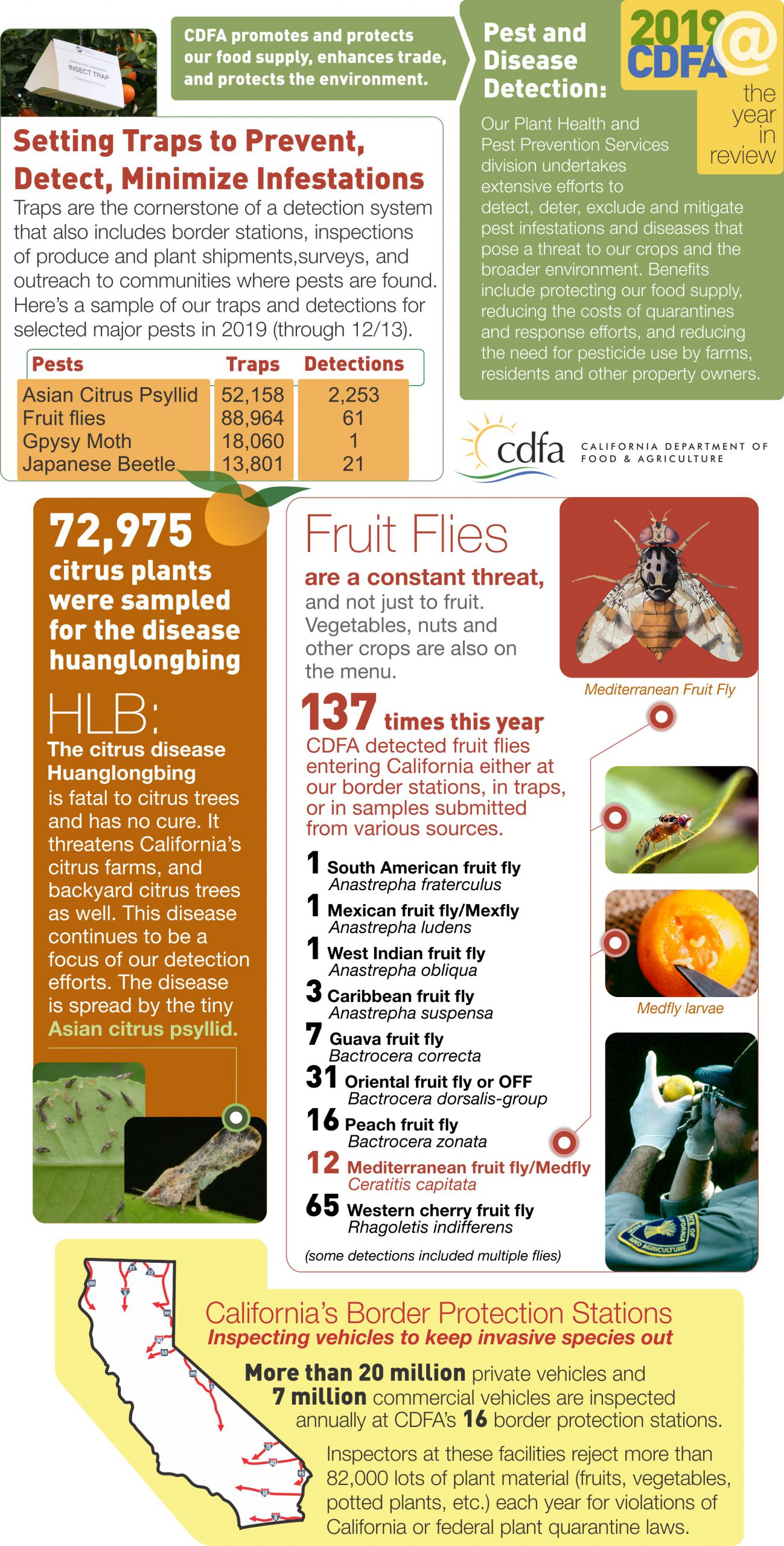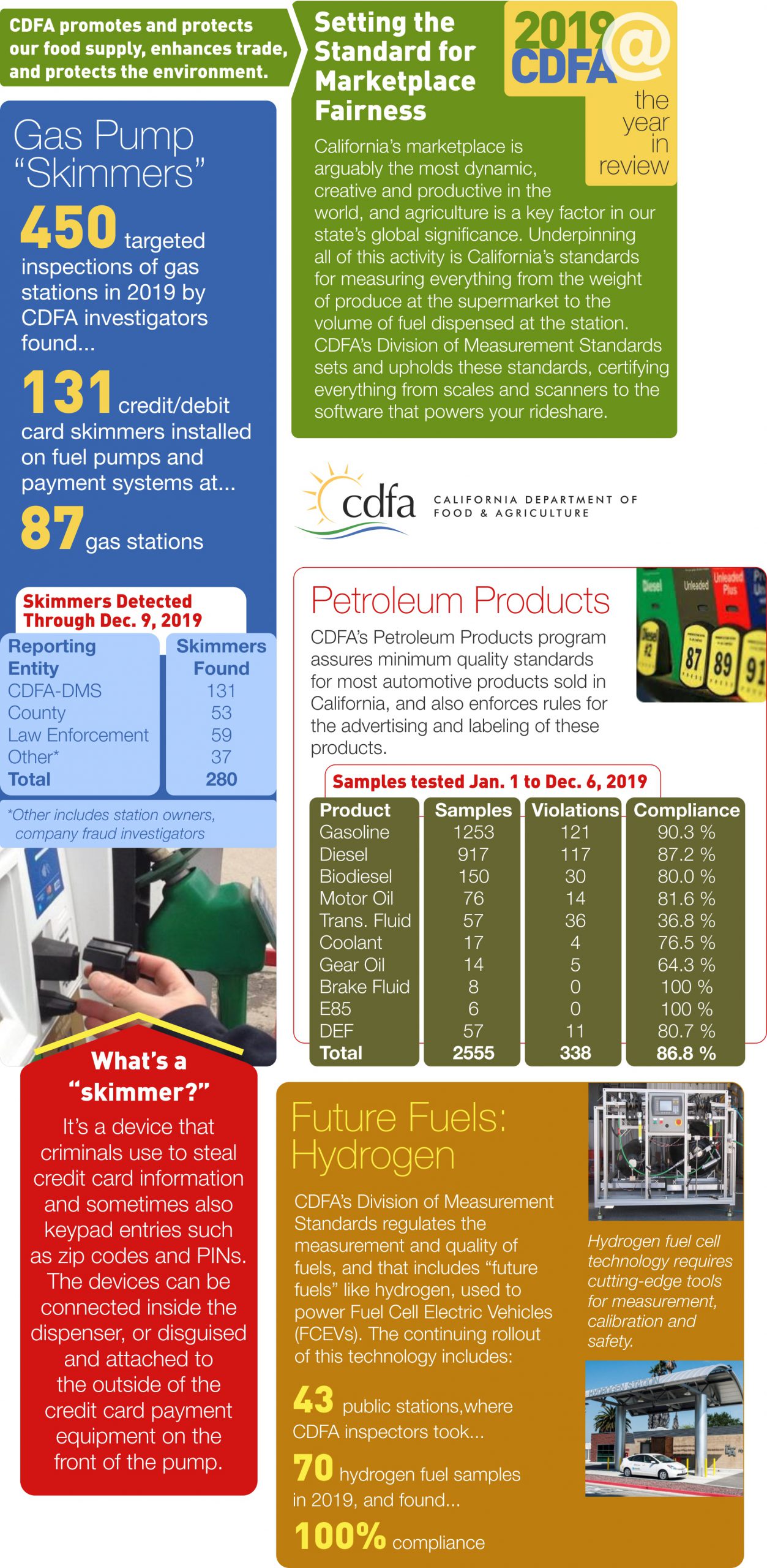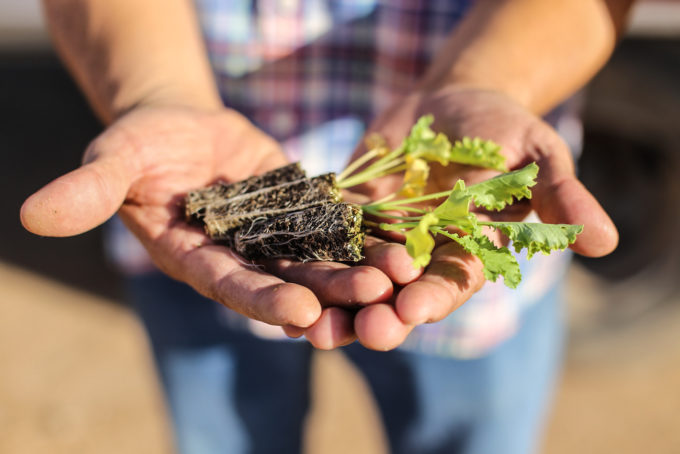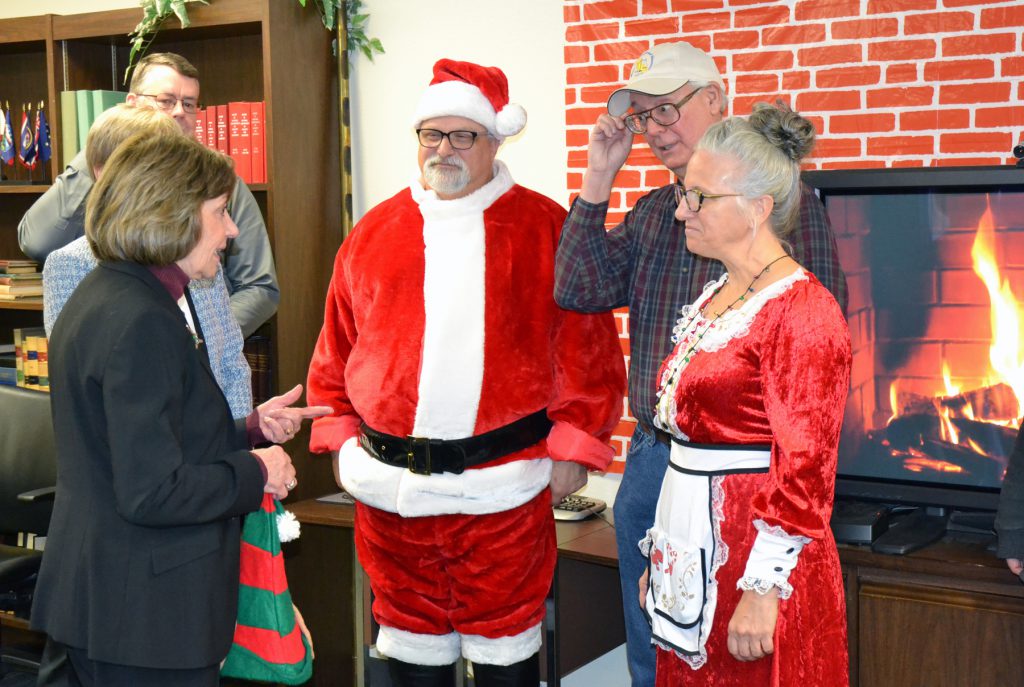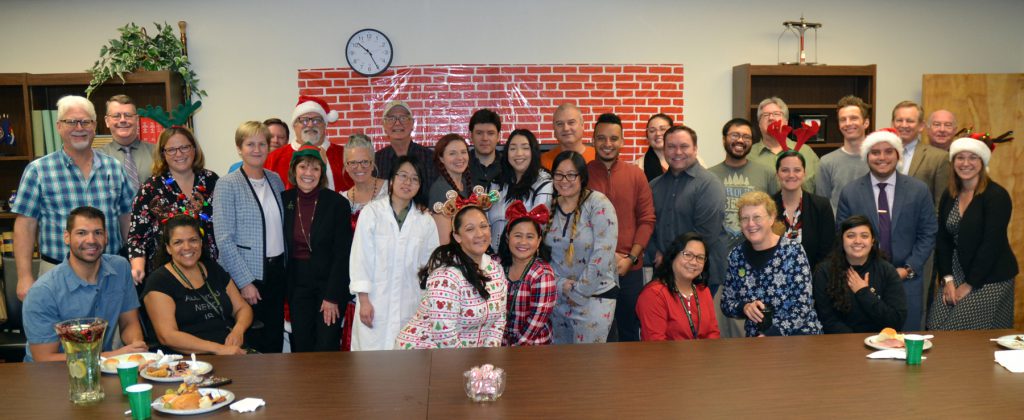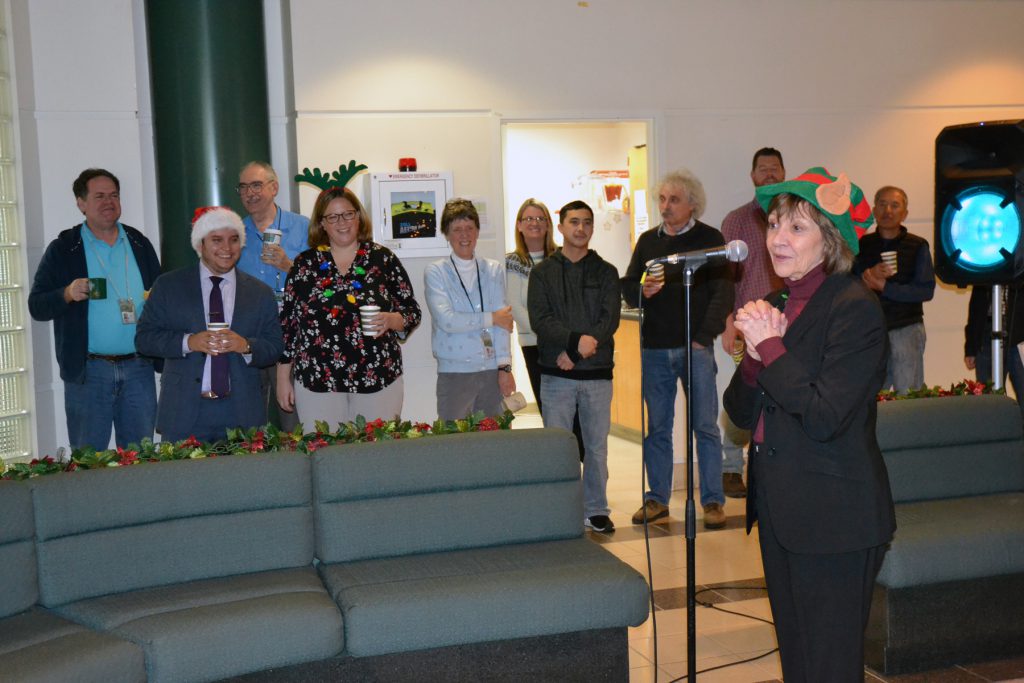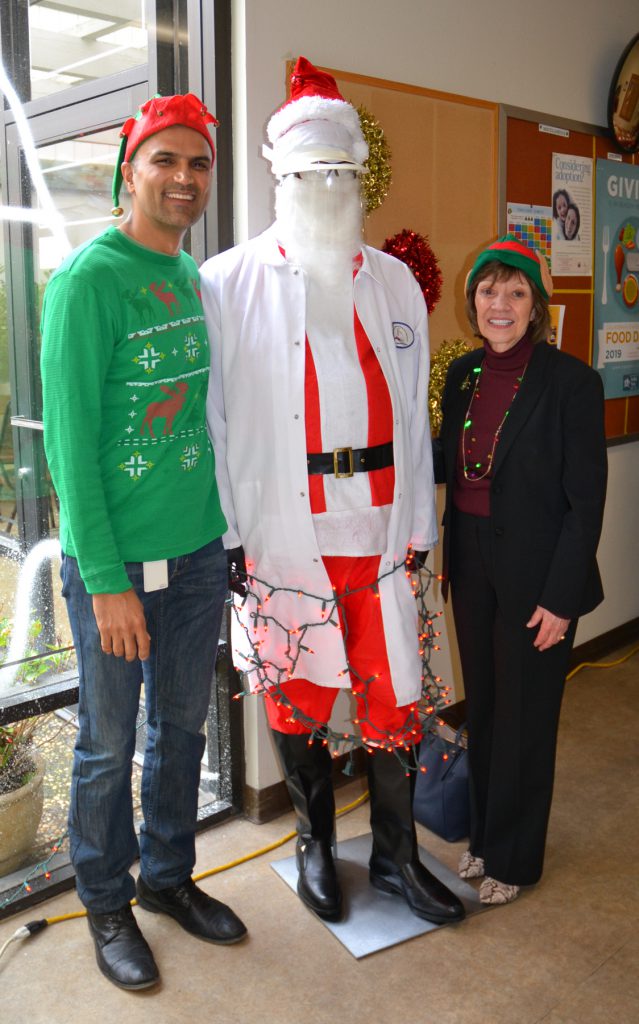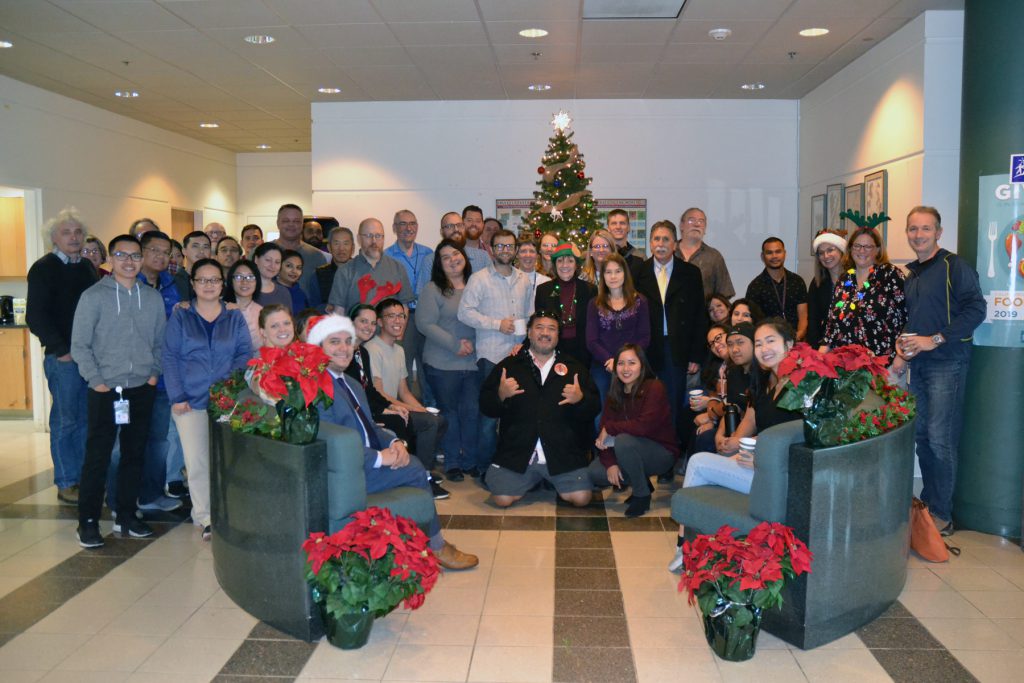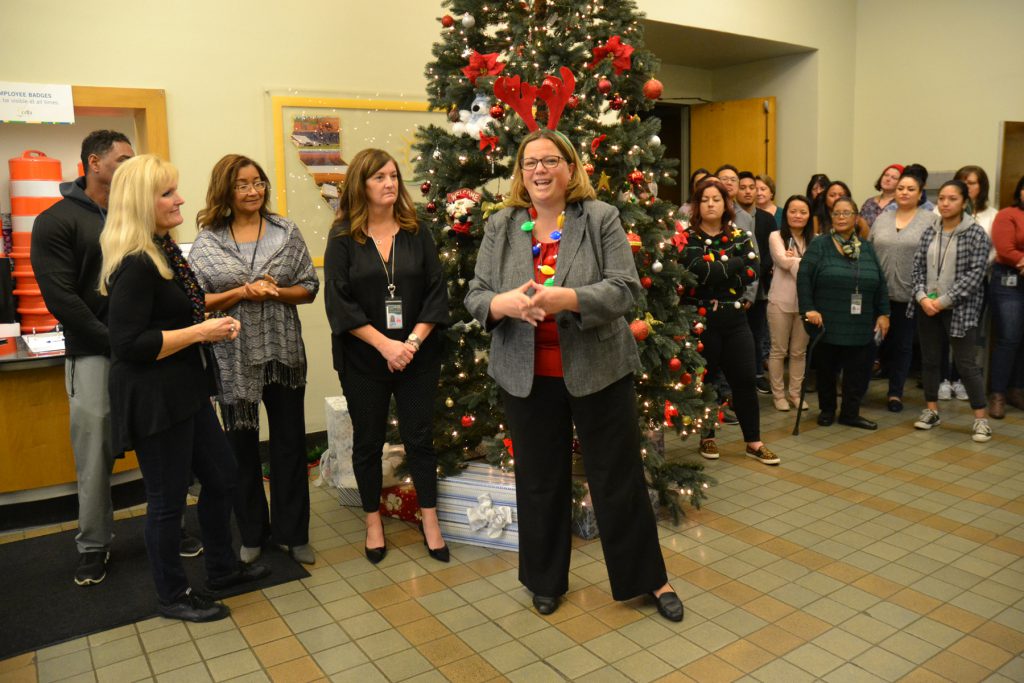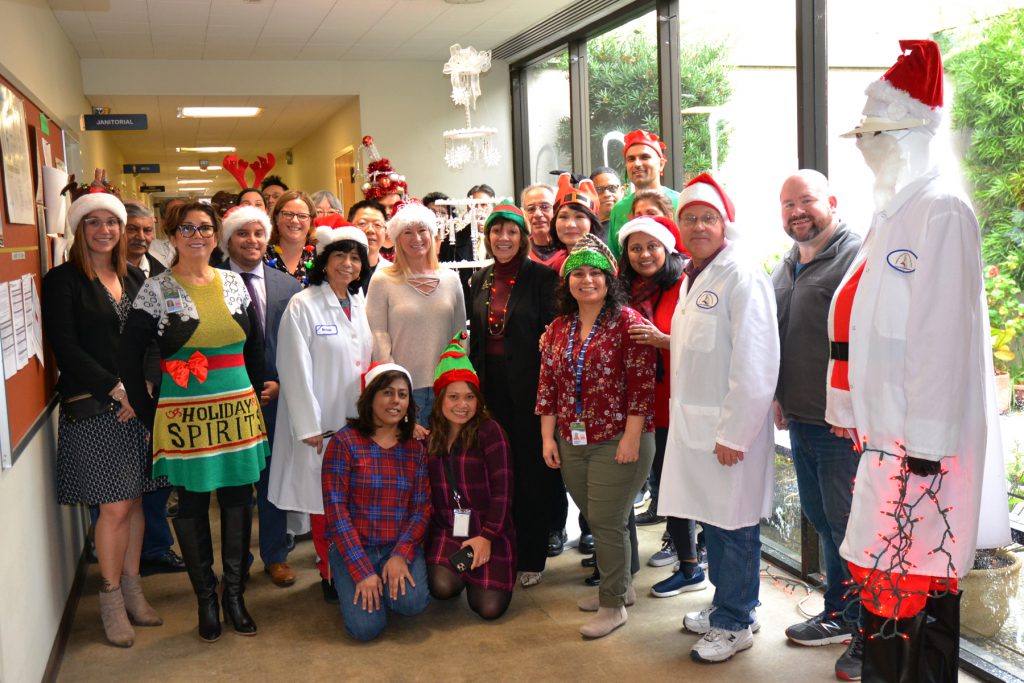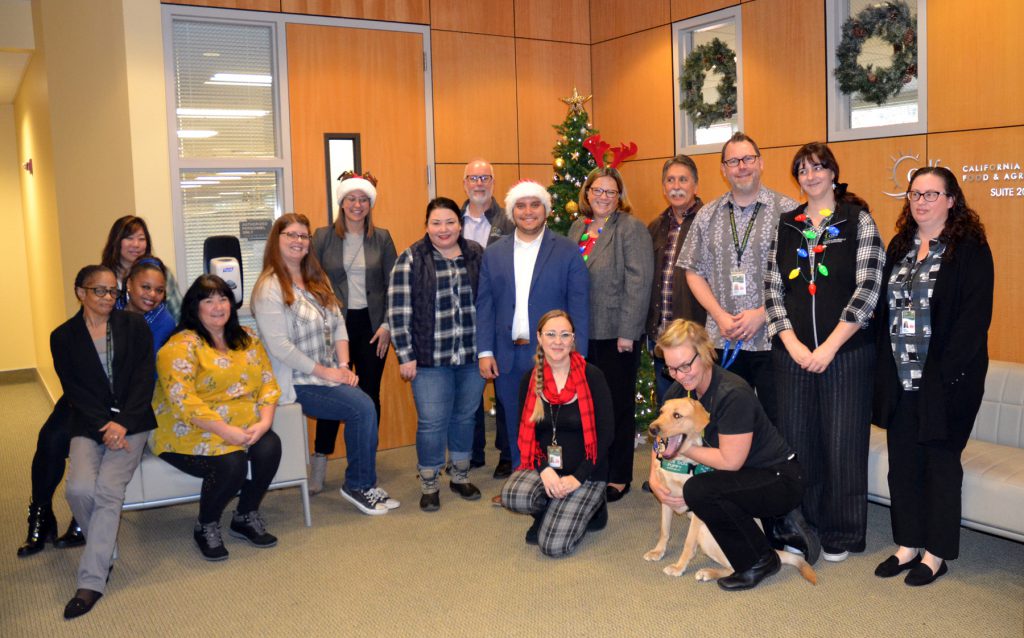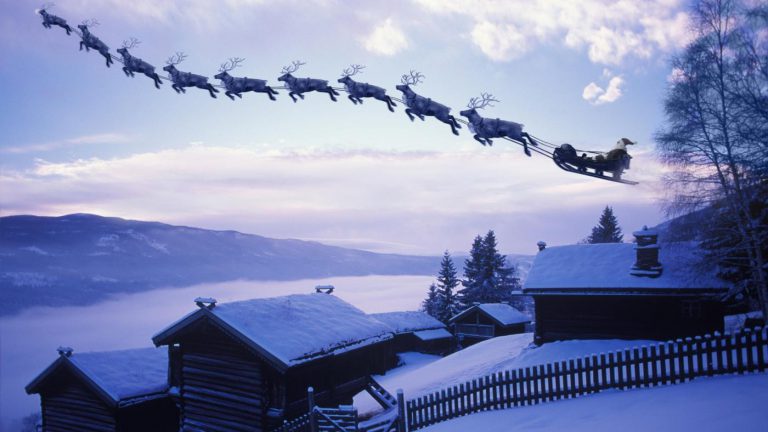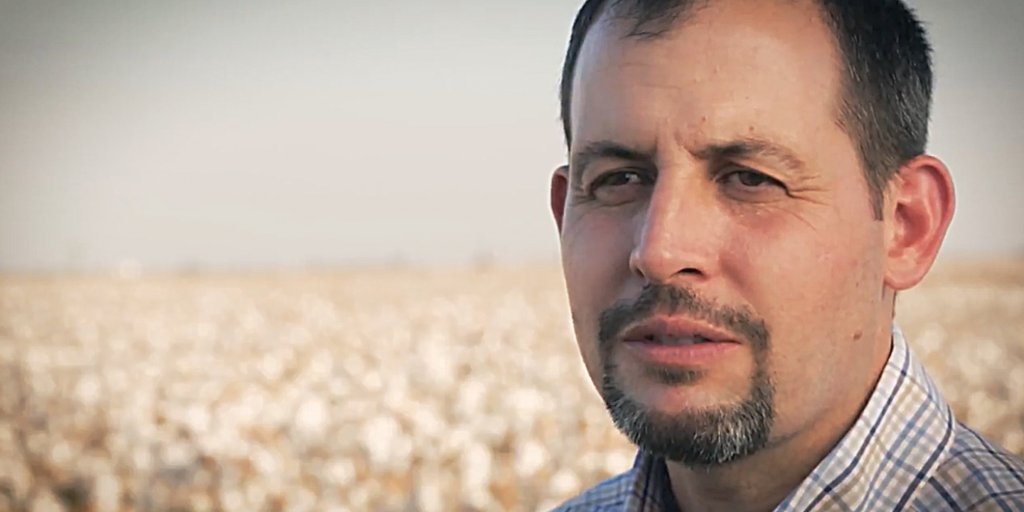
By Cannon Michael
In California, I think we in agriculture sometimes feel like there’s a lot of things stacked against us.
We face a lot of regulatory pressure that many of our neighbors don’t feel, and that can push us more into an insular nature. We have done a great job feeding and clothing people, but the consumer is disconnected from who is producing their products, further increasing the sense of isolation.
I was in that space.
Over time, I got involved in industry groups and served in different leadership roles. I started broadening my scope and got into water, starting on our local water district.
It started to get to me that there are a lot of negative outcomes because of this polarized nature. Agriculture vs. urban vs. environment, I always felt was a false narrative because at my core, I’m a Californian.
All of us are united in that we live in this amazing state of diversity that we appreciate. California has amazing agriculture, amazing nature and amazing communities.
We’re seeing a lot of family farmers getting out of the business and a lot of outside players coming in and expanding. For me, I wanted to find pathways toward better solutions. In meeting a lot of different people throughout the state and listening to their thoughts, this exposure to other groups and ideas made me realize that we’re in this together.
As passionate as I am about being a farmer and what I do, there’s people on the other side that are equally as passionate. We’ve got folks in our camp who are not always proactive and productive and, learning from my NGO friends, a lot of times they recognize some folks on their side can have a negative effect as well.
So, how do we come at problems with more of an open-lens approach? How do we look through each other’s viewpoints and try to craft solutions that are ultimately going to be more durable?
I’ve invited different groups to the farm to have discussions on the landscape, and to show people what we do. Getting to know each other in a different setting is really important in seeing firsthand what the realities are. People can paint issues in very simplistic ways, but it’s harmful in ways because it doesn’t really give the true picture and it doesn’t help drive discussions forward.
I’ve hosted a number of dinners on our farm, and the things that have come out of those dinners have been really valuable, mainly just the relationships. There comes a point where we all need to work in the middle to get things done.
I believe that we can craft solutions with the mindset of: What is the California we want to leave to the next generations? That to me isn’t a California that is agriculture only or environment only or urban only. We have a duty—all of us—to figure out: What is the California we’re going to work for? And how do we leverage each other’s strengths?
We don’t know a lot of things about each other’s passions and we don’t always see things through each other’s lenses. But there are super-talented people in California who are solution-oriented.
Every time I’ve taken the effort to engage with other groups, I’ve never had a bad experience. We haven’t always come away agreeing, but I think there’s always a lot of respect. There’s a lot of great, willing partners who can work together to craft durable solutions for our great state. A lot of different farms, agencies and NGO groups can come together to look at actual solutions and try to be creative to leverage dollars. There are positive outcomes that we can get to. There are some positive examples out there and I think there can be a lot more if we find ways to come together.
A farmer-centric point I would make is whatever your passion and whatever your drive is, we actually do have to be fueled by a farmer somewhere every day. It is important for me, as a California farmer who does labor under a lot of these regulations, that people know it is getting much harder to endure some of this.
We are proud to be California producers and hope that consumers will take the time to choose California-grown when possible. You can be assured the product will be produced with a high level of regard for workers and the environment. Support California agriculture where you can.
(Cannon Michael is president of Bowles Farming Co. in Merced County. This commentary is adapted from remarks delivered at the 2019 Flood-MAR Public Forum in Sacramento.)
Link to item on the California Farm Bureau Federation web site.



